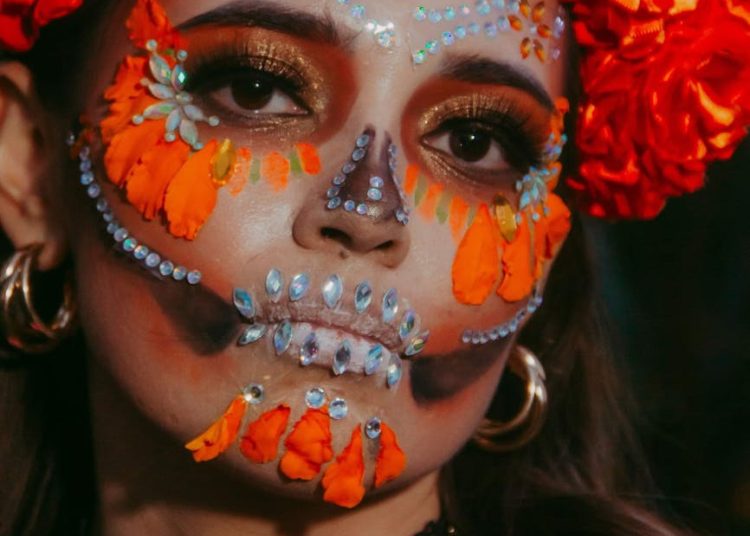A quick stat to kick things off: Americans spend over $11 billion on Halloween goodies each year (History.com). That makes this holiday a creepily cool revenue spinner for many retailers, entertainers, and hospitality businesses. But beyond candy and costumes, there’s a treasure trove of weird customs you’ve probably never heard of that mark this occasion’s rich and varied history. Stick around and you’ll rack up trivia gold to stump friends at your next spooky gathering.
Here’s what you’ll get: a tour of ancient rituals, the real scoop on trick-or-treat, quirky global celebrations, and party games that predate modern candy bowls.
Explore Celtic Origins
Have you ever wondered why Halloween kicks off with ghost stories and eerie masks
Samhain Spirit Festival
More than 2,000 years ago in Ireland, Scotland, and the Isle of Man, Celts marked Samhain on October 31. They believed the veil between the living and dead thinned at sunset, so giant bonfires and costumes (to scare or confuse spirits) were must-haves (History.com).
Turnip Lantern Story
Long before pumpkins, folks carved turnips to hold embers and light the way for lost souls. The Stingy Jack legend says a trickster barred from heaven or hell roamed with only a turnip lantern – hence jack-o’-lanterns originated as a ghostly guide (Library of Congress).
Reveal Trick-Or-Treat Beginnings
Ever puzzled about how “trick or treat” got so catchy?
Trick-Or-Treat Theories
Similar traditions arose in a few different parts of the world, and the modern expression of this tradition seems to combine a few of these older movements. Scholars point to three main origins for going door to door (Library of Congress)
| Theory | Description |
|---|---|
| Celtic Offerings | Leaving food or drink for wandering ghosts |
| Scottish Guising | Dressing up to get food, coins, or prayers |
| German Belsnickeling | Costumed kids guessed neighbors’ identities |
Discover Global Oddities
Think Halloween is all about candy and cobwebs in the US? To the contrary – it’s a celebration that spans the globe and that is expressed in wonderfully varied manners around the world.
Guatemalan Giant Kites
In Guatemala, families fly kites up to 40 feet high over graves to help the dead visit, then share food and stories (NPR).
Filipino Ghost Carolers
On All Saints Day, children go door-to-door singing Pangangaluluwa (ghost songs) in exchange for prayers or small treats (Hello Globo).
Japanese Halloween Celebrations
Since Tokyo Disneyland’s first Halloween bash in 2000, Japan has embraced elaborate street parties, costume parades, and even themed train rides – though the act of trick-or-treating is rare (Hello Globo).
English Penny For Guy
Forget candy. British kids once begged “penny for the Guy” on November 5, collecting coins to burn effigies of Guy Fawkes in bonfires instead of knocking for sweets (NPR).
Italian Ognissanti Gifts
On November 1, Italians celebrate All Saints Day by offering cookies called Fave dei Morti to relatives’ spirits and leaving lanterns at graves (NPR).
Mexican Dead Celebration
Halloween in Mexico flows into Día de los Muertos on November 1–2, when families build colorful altars, decorate with sugar skulls, and feast on favorite foods of departed loved ones (NPR).
Unmask Costume Legends
Why do you zip up a scary outfit come October 31?
Spirit Disguises Explained
Celts donned animal skins and frightening masks to confuse ghosts into thinking they were fellow spirits. This practice evolved into custom costumes meant to blend you in among the supernatural.
Black Cats And Witches
In medieval Europe, black cats were linked to witches and the devil, so spotting one on Halloween was considered unlucky… or downright spooky. Today black-cat motifs are everywhere, though modern felines prefer cuddles to curses (Library of Congress).
Enjoy Party Rituals
Craving some festive fun with friends?
- Bobbing For Apples: A nod to Pomona, Roman goddess of fruit, bobbing was once a courting ritual for young men and women (Library of Congress)
- Soul Cakes For Prayers: In 15th-century England, the poor went “souling,” receiving sweet buns in exchange for prayers for the dead’s souls (History.com)
Key Takeaways
- Ancient Samhain birthed spooky masks and bonfires to ward off ghosts
- Trick-or-treat likely grew from Celtic offerings, Scottish guising, or German belsnickeling
- Around the world you’ll find giant kites, ghost carolers, and penny-for-the-Guy customs
- Costumes and jack-o’-lanterns trace back to spirit disguises and Stingy Jack
- Party games range from apple-bobbing courting rituals to medieval soul cakes
Hungry for more oddball facts The fun doesn’t stop here, check out our huge collection of Seasonal Holiday Trivia Topics. Have a favorite weird Halloween custom? Share it in the comments below so everyone can get in on the spooky fun.

Discussion about this post